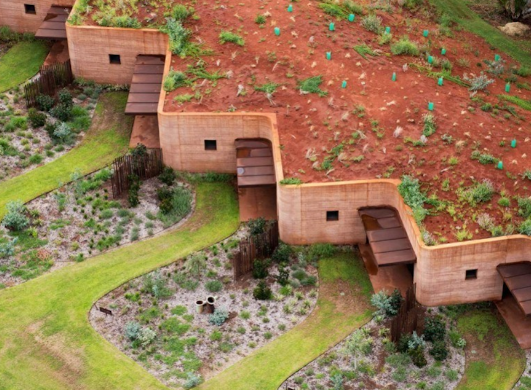Landscape Architecture and Sustainability: A Growing Necessity
In a world increasingly affected by climate change and urbanization, the role of landscape architecture in promoting sustainability is more vital than ever. By integrating green spaces and eco-friendly practices into urban design, landscape architects can create environments that enhance both quality of life and ecological health. This article explores key aspects of landscape architecture and its sustainable practices, showcasing their importance for our communities and the planet.
The Importance of Green Spaces in Urban Environments
Green spaces, such as parks, gardens, and green roofs, play a crucial role in urban areas. They provide a refuge for biodiversity, improve air quality, and offer recreational opportunities for residents. Additionally, these spaces help mitigate the urban heat island effect, reduce stormwater runoff, and decrease energy consumption by providing natural cooling. Investing in parks and green areas can lead to healthier populations, more resilient ecosystems, and even higher property values, making them a smart choice for city planners and communities alike.
Innovative Sustainable Practices in Landscape Architecture
Landscape architects are at the forefront of implementing innovative, sustainable practices. From xeriscaping, which minimizes water use through drought-resistant plants, to using permeable materials that allow rainwater to filter through, these techniques are essential for sustainable design. Furthermore, incorporating native plants supports local wildlife and reduces maintenance costs, creating landscapes that thrive with minimal intervention. By embracing these practices, landscape architects contribute meaningfully to the fight against climate change while enriching the natural beauty of our surroundings.
The Role of Community Engagement in Sustainable Design
Effective landscape architecture relies not only on technical skills but also on community involvement. Engaging local residents in the design process ensures that the created spaces reflect their needs and desires. This collaboration fosters a sense of ownership, encouraging individuals to care for and maintain these areas. Workshops, surveys, and public meetings can all serve as platforms for feedback and ideas, helping create places that truly serve their communities. By valuing the voices of residents, landscape architects can ensure that their designs foster sustainability while enhancing social cohesion.
In conclusion, landscape architecture plays an essential role in advancing sustainability in our urban environments. By prioritizing green spaces, adopting innovative practices, and engaging local communities, landscape architects can create thriving ecosystems that benefit both people and the planet. To learn more about how you can contribute to sustainable design or to explore local initiatives, consider reaching out to landscape organizations or joining community projects. Together, we can cultivate a greener, more sustainable future.

